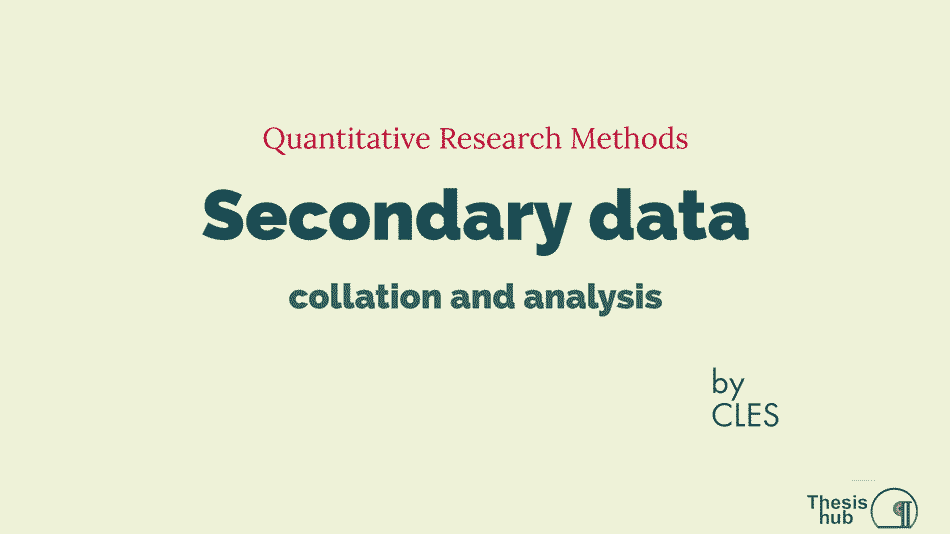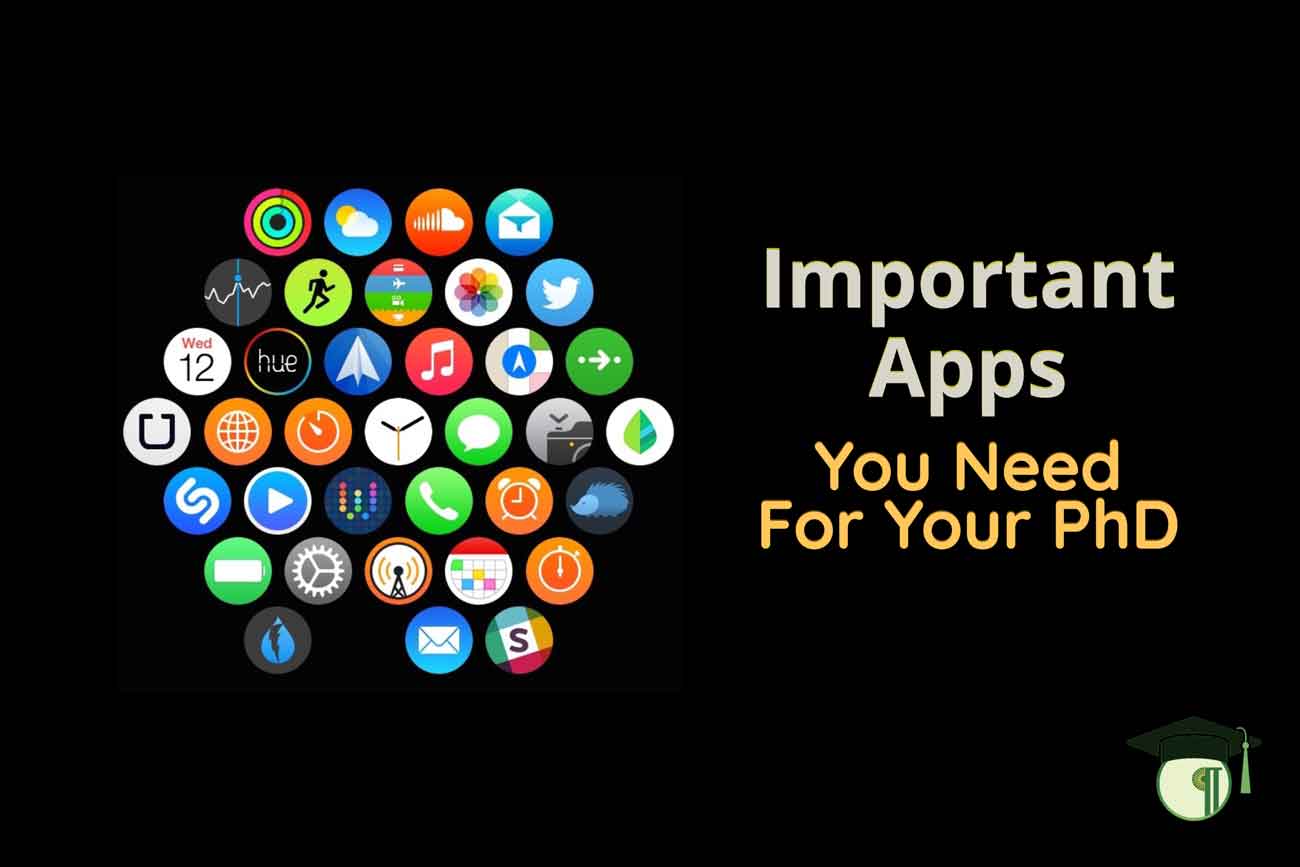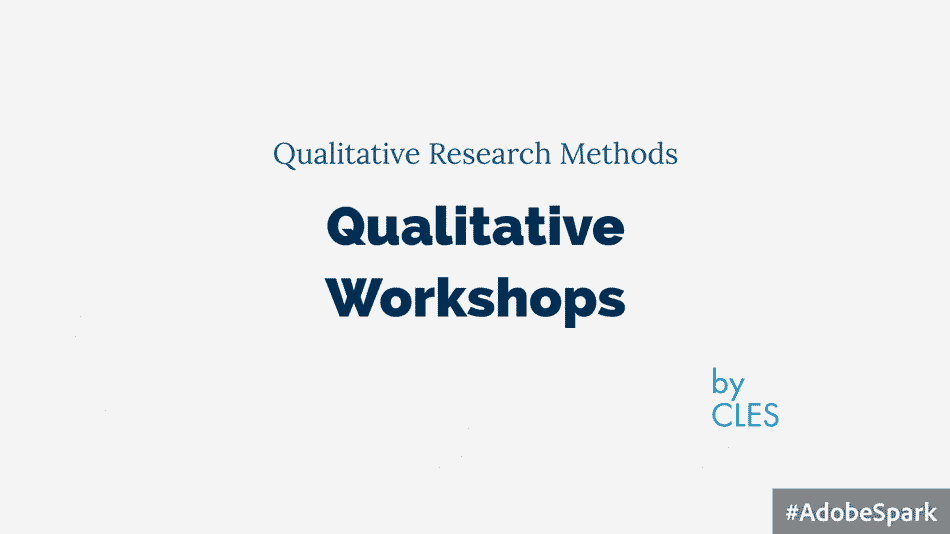Secondary data collation and analysis

Contents
What is the secondary data?
This method refers to the review of existing information, and in the quantitative context may involve the manipulation of statistical data.
It differs from primary research techniques in that the researcher does not collect the data directly and cannot control the actual data collected, but can bring to bear new insights through interpretation or presentation. Managing large data sets and large amounts of quantitative material does require some specialist skill. The Policy Action Team Reports in the early Blair Administration described the lack of availability of relevant datasets in order to support neighbourhood working, and over the last decade more statistics have been made more readily accessible to a wider range of people.
When should it be used?
The collection of secondary data can be an important first stage. The main use for this sort of information is that it can provide a starting point for an evaluation or analysis to gain some background knowledge and understanding. Secondary data collection is also useful for contributing to the analysis and commentary throughout a research report.
What do I need to consider?
What types of data sources are there?
There are a number of different types of secondary information. Some of the most common types are identified as follows:
Official statistics – This refers to national data sets relating to issues such as population, employment and unemployment and businesses. Much of this information can be acquired from the Office for National Statistics and www.neighbourhood.statistics;
Other statistics – A wide range of other types of numerical data can be drawn on for evaluation purposes. e.g. project monitoring information of beneficiaries, funding information, service data.
Key principles
There are a number of key principles it is useful to follow when collecting and analysing secondary information.
- Think about the key issues and topics that need to be addressed. Having a clear idea of what information is required will make the collection of secondary information a lot easier;
- Search for the information and data sources;
- Having collected the information, the next step is to read it and analyse it;
- Collate information from secondary data into key headings.
Referencing
A key issue when using secondary data is ensuring that all information is properly referenced and that it is clear where the information has come from. You must be very careful that comparisons are genuine and meaningful.
What is the output?
The information gathered from secondary data analysis can produce various outputs depending on the type of information collated and reviewed. Some of the most common types include statistics, data tables and charts and maps.
The information may show how changes have occurred over time in a particular area. It could also be comparative, which allows the researcher to make comparisons between a number of different areas.
How should it be analysed?
Secondary data can be analysed using the same techniques as for primary data. See the following section on statistical analysis for more details.
Case study: Using secondary data to create a baseline
Baseline assessments refer to a number of headline indicators or statistics for a specific area at a particular moment in time e.g. the percentage of unemployed economically active males in Newcastle-upon-Tyne in 2002. Baselines are particularly useful when measuring the impact of a regeneration project or programme, as by knowing what the area was like before it commenced, it enables an evaluator to gauge the extent the project/ programme has changed an area.
Working with baseline data relating to local social, economic, cultural and environmental conditions is a core feature in many policy interventions. In developing and updating a baseline, you may need to:
- access secondary data (as detailed above) for establishing and updating baselines;
- develop baselines retrospectively. This entails deciding key indicators and collecting data for a period of time in the past (e.g. the start of a regeneration programme);
- revise existing baseline indicators to ensure they reflect local priorities and are SMART;
- recommend new baseline indicators where gaps exist and devising entirely new baseline assessments where one exist;
- review and aligning baseline indicators with those used nationally (e.g. Quality of Life indicators, Best Value Performance Indicators, Public Service Agreement (PSA) indicators and National Floor Target indicators) whilst maintaining a local focus;
- identify the best sources of data, frequency of updates and lead responsibilities for collection to aid future baseline updates;
- collect and collate primary (e.g. survey) data to inform the baseline assessment.
Further reading
How official statistics are collected has improved a lot in recent years, the neighbourhood statistics website is very user-friendly and uses maps, graphs and tables for a wide range of official statistics, presenting data at many scales, from the smallest unit of data collection; the Super Output Area (population 1000-1500) to Parliamentary Constituency level, Local Authority level or regional Government Office Area.
The Office for National Statistics website is also excellent and contains all census and official data as well as population projections and a wealth of data on the economy.
Oxford Consultants for Social Inclusion are experts in manipulating datasets in order that they can help to inform decision making. They specialise in map data.






This is very nice and good
This is quite enlightening and nice. Thanks for the contribution to knowledge.